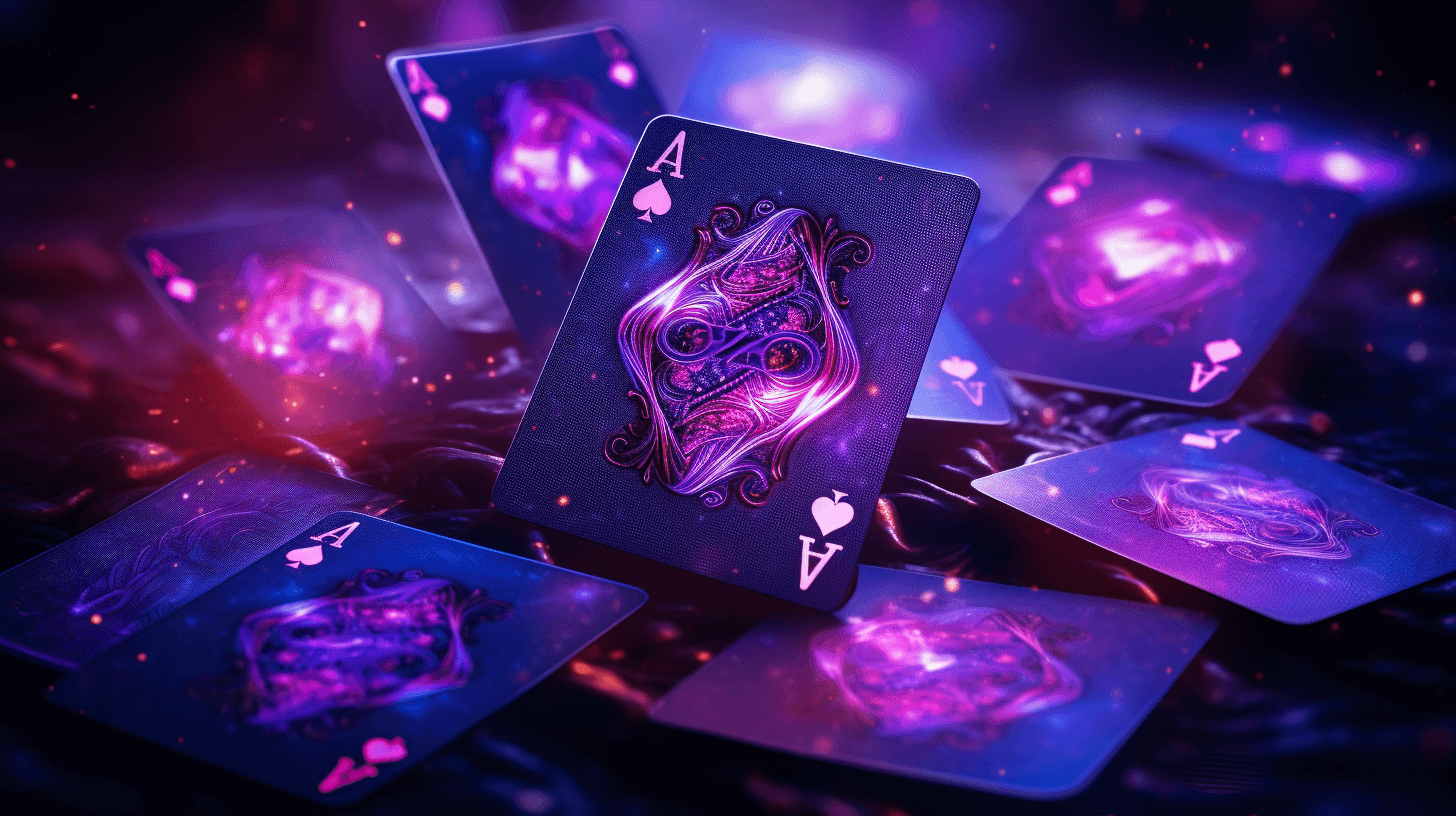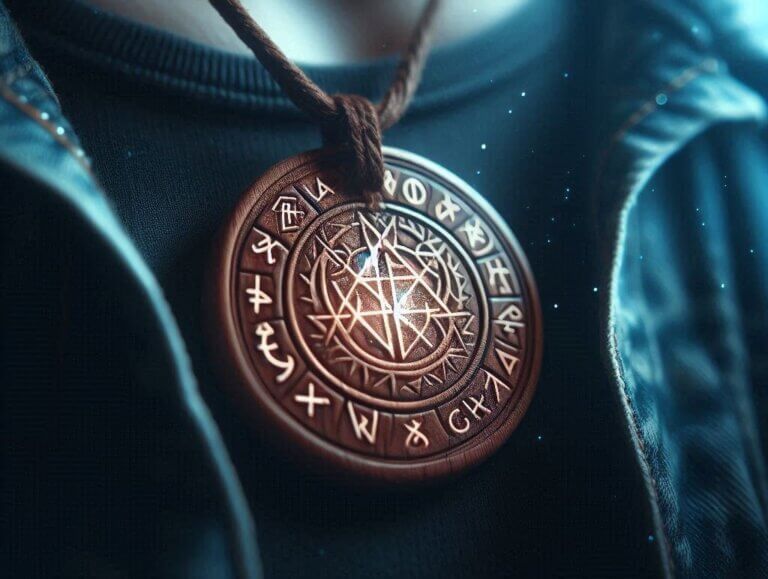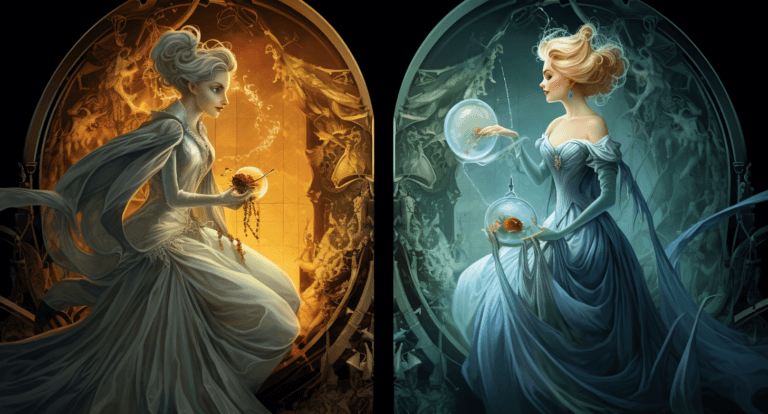How to Do a Tarot Reading with a Regular 52-Card Playing Deck
Tarot readings have long been revered as a powerful tool for self-reflection, guidance, and spiritual insight. While traditional tarot decks consist of 78 cards, each with its own symbolism and meaning, you don’t necessarily need a specialized deck to perform a tarot reading. In fact, a regular 52-card playing deck can be a valuable alternative, allowing you to tap into the wisdom of the cards and explore your innermost thoughts and desires. In this article, we will guide you through the process of conducting a tarot reading using a standard deck of playing cards.
Understanding the Correspondences:
Before diving into the reading itself, it’s important to familiarize yourself with the correspondences between the playing cards and the tarot. While the imagery and symbolism may differ, the basic structure remains similar.
- Hearts (Cups): Corresponds to emotions, relationships, love, and creativity.
- Diamonds (Pentacles or Coins): Reflects material wealth, practical matters, and career.
- Clubs (Wands): Represents inspiration, passion, personal growth, and energy.
- Spades (Swords): Signifies intellect, challenges, conflicts, and decision-making.
The face cards can also be attributed to specific archetypes:
- King: Represents a mature, authoritative figure.
- Queen: Symbolizes femininity, intuition, and nurturing.
- Jack: Signifies youthfulness, enthusiasm, and creativity.
Preparing for the Reading:
- Find a quiet and comfortable space where you can focus without distractions.
- Shuffle the deck thoroughly, concentrating on your intention for the reading.
- As you shuffle, ask the cards to provide guidance and insight into your question or situation.
The Reading Process:
- Select a Spread: Choose a card layout that suits your needs. For beginners, a simple three-card spread is recommended. You can also explore more complex spreads as you gain experience.
- Draw the Cards: Draw the top three cards from the shuffled deck and place them face down, one by one, in the designated positions of your chosen spread.
- The first card represents the past and the factors that have led to the present situation.
- The second card reflects the present circumstances and influences.
- The third card offers insights into the potential future outcomes or guidance.
- Interpretation: Begin by turning over the first card and reflect on its corresponding meaning based on the correspondences mentioned earlier. Consider the symbolism, color, and any intuitive impressions you receive.
- Explore how the first card’s meaning aligns with your past experiences or influences.
- Consider how the second card sheds light on your present situation and any challenges or opportunities it may present.
- Delve into the third card to understand its potential implications and guidance for the future.
- Follow Your Intuition: While the traditional tarot decks have established interpretations, it’s crucial to rely on your intuition and personal connection to the cards. Allow your subconscious mind to guide you in deciphering the messages and meanings hidden within each card.
- Record Your Insights: Maintain a tarot journal or notebook to jot down your interpretations, impressions, and any significant revelations that arise during the reading. This will help you track patterns, progress, and personal growth over time.

Conclusion:
A tarot reading using a regular 52-card playing deck can be a fascinating and enlightening experience. By understanding the correspondences and relying on your intuition, you can unlock the profound wisdom and guidance contained within the cards. Remember, practice and patience are key to developing your tarot reading skills, so embrace the journey as you delve into the depths of your subconscious mind and uncover the truths that lie within.






